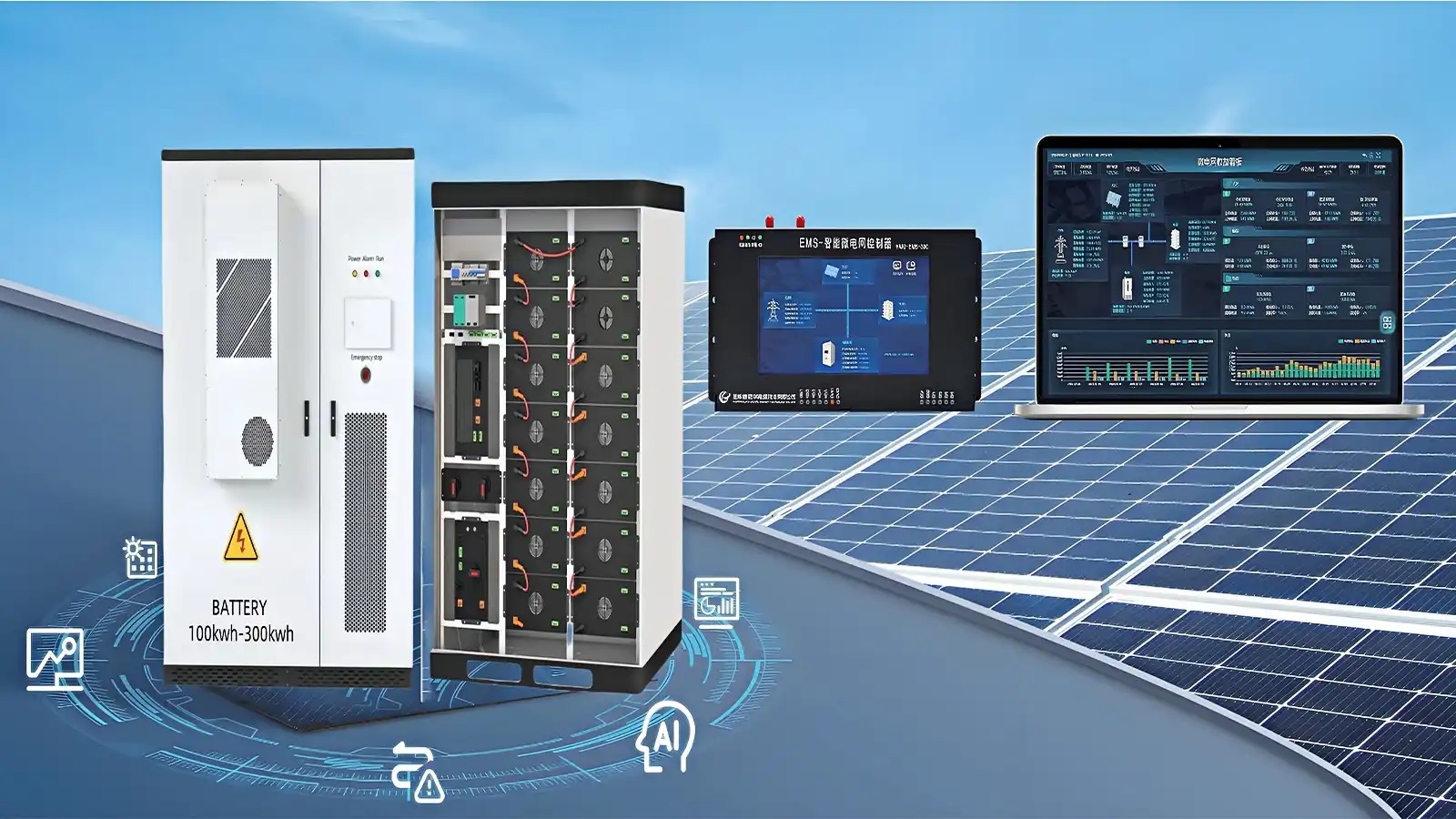104% Energy tariffs rock the world,How to reshape the energy landscape?
2025-04-08
HEXI
On April 5, 2025, former President Donald Trump announced sweeping tariffs on clean energy imports: 104% on solar panels and 82.4% on lithium-ion batteries, effective June 1. Dubbed “ultra tariffs,” these measures dwarf even his 2018 trade war escalations. The move targets China but will ripple across global supply chains, reshaping the economics of renewables. For foreign manufacturers, U.S. consumers, and climate goals, this is a seismic shift—one that demands scrutiny beyond partisan soundbites.
I. The Tariffs in Context: Why Now?
1. Political Calculus: Election-Year Theater
Base Mobilization: Trump’s 2024 campaign pledged to “decapitate China’s green tech dominance.” The tariffs energize his core supporters, especially in Rust Belt states where he promises “millions of factory jobs.”
Countering Biden’s Legacy: The Inflation Reduction Act (IRA) relied on cheap imports to accelerate decarbonization. Trump’s tariffs deliberately unwind this model, framing it as “energy appeasement.”
2. Economic Realities: Can the U.S. Fill the Gap?
Domestic Capacity Shortfalls: The U.S. produces just 3% of global solar wafers and 15% of lithium batteries (BloombergNEF 2024). Even with tariffs, rebuilding supply chains could take a decade.
Cost Surge Projections: Analysts warn solar installation costs may spike 40–60%, derailing the IRA’s target of 50% clean electricity by 2030.
3. National Security or Smokescreen?
The administration cites Chinese espionage risks in grid-connected batteries and forced labor in polysilicon supply chains (Xinjiang). Yet critics note the tariffs also hit non-Chinese suppliers like South Korea’s LG Energy Solution.
II. The Global Fallout: Trade Wars 2.0
1. China’s Response: Precision Retaliation
Expected Moves:
Targeted Agricultural Strikes: Soybeans, pork, and dairy—key exports from Trump-voting states.
Rare Earth Leverage: China controls 90% of battery-grade graphite processing; export curbs could paralyze U.S. EV production.
Diplomatic Off-Ramps: Beijing may exempt Tesla’s Shanghai-made batteries, exploiting corporate divisions.
2. Collateral Damage: Allies Caught in Crossfire
EU Solar Dilemma: European manufacturers (e.g., Germany’s Meyer Burger) rely on Chinese components. New U.S. tariffs could force them to choose between markets.
South Korea’s “Double Bind”: LG and SK Innovation may accelerate U.S. factory plans—but face higher costs for Chinese raw materials.
3. WTO Challenges & Legal Quagmires
The EU and ASEAN nations are likely to file WTO disputes, arguing the tariffs violate “national security” loophole precedents. Legal battles could freeze investments for years.
III. Industry Reactions: Survival Tactics
1. Foreign Suppliers: Creative Workarounds
ASEAN Shift: Chinese firms like LONGi Solar are rushing to expand production in Malaysia and Vietnam to bypass tariffs.
Component vs. Finished Goods: Shipping semi-assembled batteries (e.g., modules instead of packs) to exploit tariff code loopholes.
2. U.S. Developers: Stockpiling & Panic Buying
Pre-June Rush: Solar installers report 300% order surges as utilities lock in pre-tariff inventories.
Contract Renegotiations: Projects like Texas’ 1 GW solar farm may default unless tariffs are grandfathered.
3. The “Reshoring” Mirage?
First Solar (a U.S. panel maker) stands to gain, but its capacity covers <10% of national demand.
Labor Realities: Building a polysilicon plant takes 3–5 years—far longer than Trump’s potential term.
IV. The Climate Cost: Emissions vs. Jobs
1. Renewable Slowdown
Wood Mackenzie estimates 12–18 GW of solar projects could be canceled or delayed in 2025–2026, equivalent to powering 10 million homes.
Battery Storage Gridlock: Higher prices may stall 80% of planned grid-scale storage, worsening blackout risks.
2. Fossil Fuel Substitution
Utilities in GOP-led states (e.g., Ohio) may revert to natural gas peaker plants to offset renewable shortfalls.
CO2 Impact: An additional 60 million metric tons of emissions annually by 2030 (RMI projection).
V. Long-Term Scenarios: Three Pathways
1. Worst Case: Full Trade War
China bans U.S. LNG exports; clean energy inflation triggers global recession.
2. Middle Ground: Stalled Transition
U.S. achieves energy independence but lags in tech innovation; Europe and Asia dominate next-gen solar/batteries.
3. Best Case: Unintended Innovation
Tariffs spur breakthroughs in non-lithium batteries (e.g., sodium-ion) or thin-film solar, reducing reliance on contested materials.
A High-Stakes Gamble
Trump’s ultra tariffs are more than trade policy—they’re a bet that America can outproduce, out-innovate, and outlast its rivals. But the immediate pain—higher energy bills, project cancellations, and diplomatic fractures—may outweigh distant promises. For foreign suppliers, the message is clear: diversify or die. For U.S. consumers, brace for a bumpy ride toward energy sovereignty.
